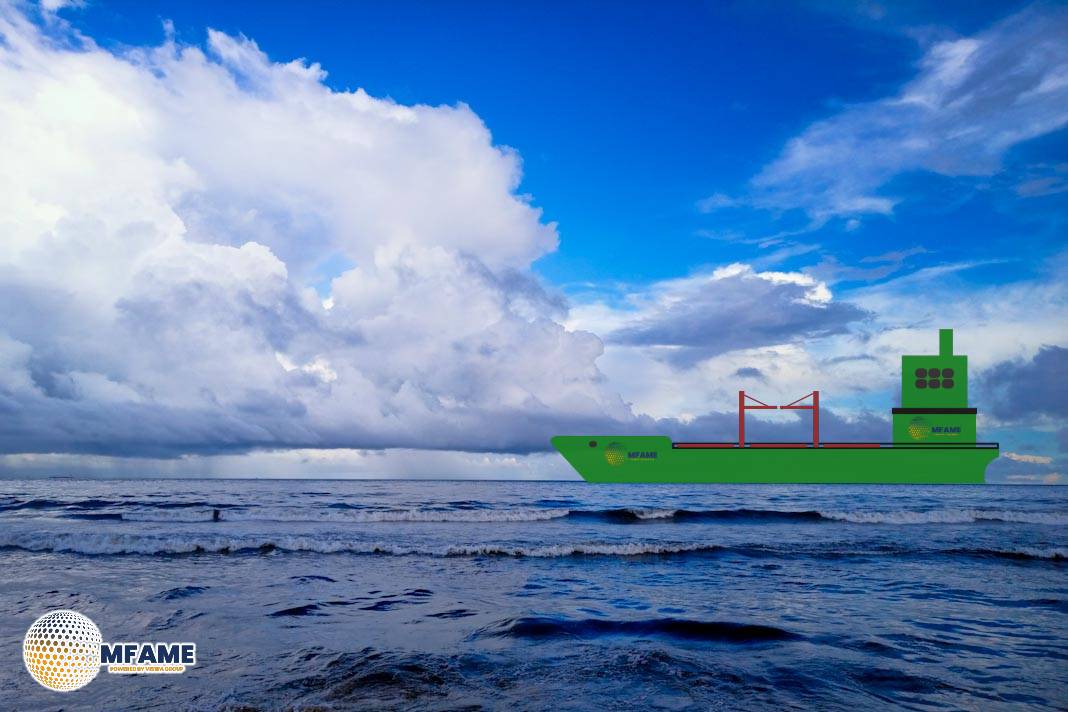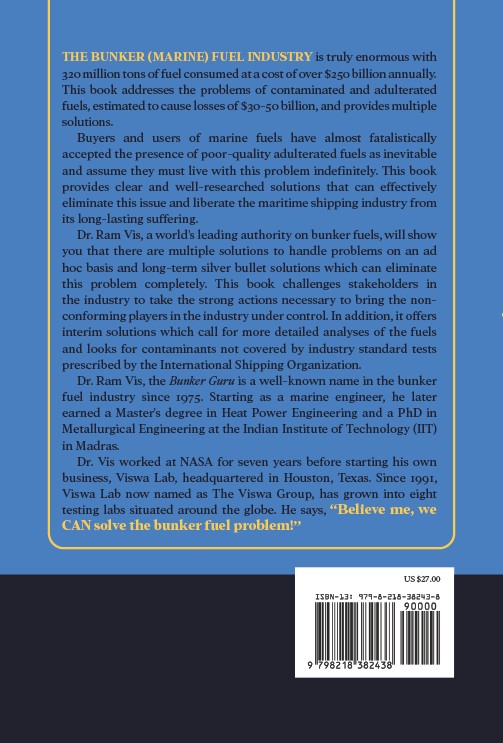- New Fees on Chinese Shipping Could Disrupt US Ports.
- Tariff Wars Threaten Global Supply Chains.
- US Consumer Sentiment Hits Lowest Point Since 2022.
BIMCO’s latest container shipping market report sets out an increasing sense of uncertainty driven by US trade policy changes. Ship supply will rise 6.2% in 2025 and 3.1% in 2026, although deliveries will be far below the 2024 highs. As ships start returning to normal patterns of trading, demand for ships is predicted to drop 1-2% during the next two years. Even in case of ongoing current disruptions, the demand and supply balance still will prove to be weaker, reports Safety4Sea.
Economic Growth and Market Indicators
The international economy is predicted to increase at 3.3% both in 2025 and 2026, as stated by the International Monetary Fund. Yet, the OECD has cautioned that rising tariffs have the potential to slow North America’s economic expansion. The international manufacturing indexes are fairly steady, although the euro area lingers in the doldrums, with its index below the neutral level of 50.
Retail sales in the US and EU remain steady at 2024 levels, though US consumer confidence has suffered greatly with the increased cost of imports. A gradual return to normal routings for ships will reduce sailing distances, thereby lowering aggregate demand for vessels. At a yearly average of 1.7 million TEU delivered from 2024 through 2026, the fleet is set to grow by 9.0% by that time.
Port Congestion and Operational Issues
Although congestion is steady in the majority of ports, the imposition of new charges aimed at Chinese-linked shipping may result in more delays at US ports. If ships continue to revert to normal routes, sailing speeds will slow, approaching 2023 levels. Meanwhile, as market conditions deteriorate, ship recycling activity will increase as operators take out older ships from operation.
Ambiguous Trade Policies and Market Risks
As trade policies continue in a state of uncertainty, the future remains unclear. The Trump administration has been advocating for more tariffs to save local industries, but the impacts could harm container trade worse than initially anticipated. Tariffs currently imposed on goods imported from China, Canada, and Mexico—as well as taxes on steel and aluminium—are inflating business expenses, possibly sending inflation rates even higher and leading to higher interest rates.
Slowing US economic growth would have far-reaching implications, pulling down aggregate trade activity. There is also the potential that retaliatory tariffs by impacted nations will create more dislocation in global supply chains. It is unclear whether US importers will be able to readily divert their sources of supply to other markets or how much of the higher costs US consumers will be willing or can absorb.
Consumer Confidence and Market Forecasts
US consumer confidence has already plummeted to an all-time low since November 2022, reflecting increasing apprehension over the economic effect of trade measures. In the event of the worst-case scenario, BIMCO predicts cargo volume expansion may fall 0.5 percentage points below the base forecast, setting it between 2.5-3.5% in 2025 and 2026.
With so many variables in play, the long-term impact of these trade policies is uncertain. But BIMCO warns that the container shipping industry will continue to experience volatility in the years ahead as players in the industry adapt to new economic realities.
Did you subscribe to our daily Newsletter?
It’s Free Click here to Subscribe!
Source: Safety4Sea















